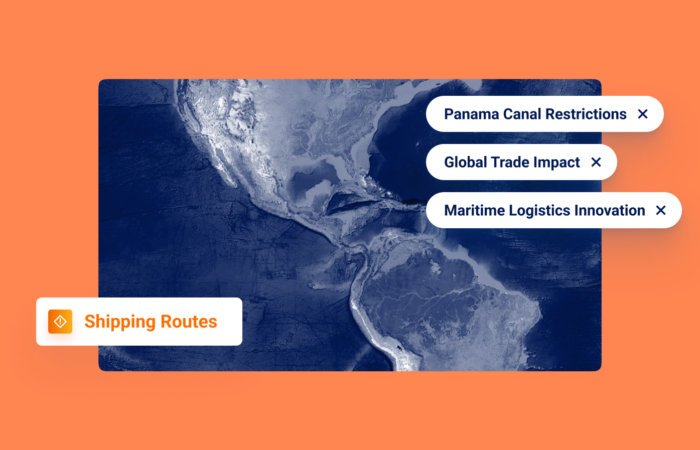What’s inside?
The need for maritime technology companies is growing fast, driven by uncertainties over supply chain dislocations and heightened risk exposure. Ships are getting larger through economies of scale, which increases the risk as asset values rise simultaneously. Threats are also becoming more complex. Information-oriented companies are now employing sophisticated tracking and data monitoring systems to be on top of the threat level and provide tools to respond to occurrences such as dark ship activity and sanctions violations.
We expect 2022 to be a busy year for bad actors. Here’s what we think compliance professionals and government organizations need to know to be one step ahead:
1. AIS data vulnerabilities
With global economic shifts, there will inevitably be new windows of opportunity for bad actors to leverage the maritime environment. Compounding the issue is the current restriction of terrestrial AIS data along the coast of China – we can expect that bad actors will actively exploit this situation for sanction evasion activities.
According to FreightWaves, “around 40% of all dry bulk trade starts or ends in China,” and “without the feed coming from terrestrial AIS, the trader has one less tool to make educated trade decisions.” That is why Windward’s fusion of multi-source information is critical to developing insights into actual activity at sea instead of just relying on single-source reporting.
2. Illicit trade isn’t going anywhere
According to OPEC, oil consumption will grow by 4.2 million barrels a day in 2022 after a surge of six million barrels a day in 2021. With increasing demand, the financial incentives will further boost smugglers to find ways to evade restrictions on sanctioned oil exports. And it’s not just oil that will be the target. With the high cost of shipping and regional container shortages, there may be an increase in new “adhoc smuggling” opportunities outside of established networks.
That’s why we flag unique vessel behaviors, and our analysts investigate anomalous shipping profiles to identify new activity patterns. Windward will continue to update our algorithms to alert customers to these new risks and afford teams the insights required to detect illicit cargos as new patterns are uncovered.
3. GNSS manipulation
Due to the factors mentioned above, GNSS manipulation will likely become more popular among bad actors. Identifying deceptive shipping practices is a good first step, but it won’t be enough. Standard deceptive shipping practices are evolving into more systematic methods employed by bad actors to conceal their activities. By using machine-generated location tampering, bad actors falsify the GPS reading transmitted via the AIS device to transmit a different location than the vessel’s real whereabouts.
And it’s more effective since identifying it can be almost impossible without the right technology. According to our research, just from Q2 of 2020 to Q2 of 2021, there was a 5000% increase in GNSS manipulation cases. With advanced manipulation tactics on the rise, a business as usual approach will fall short in effectively managing risk in 2022.
4. IUU fishing and environmental risks
2021 made it abundantly clear that climate change is not a trend but a crisis. As a result, climate change discussions are increasing the world’s focus on maritime resources and the impact of shipping. Unfortunately, it will take time for new government regulations, and more importantly, the ability to enforce regulations on the open seas. But that doesn’t mean that there isn’t anything to be done.
Windward is developing a data-driven AI model to support carbon footprint reductions and international law enforcement. Recent aggressive encroachment of IUU fishing off the Galapagos Islands and EEZ incursions by research vessels in the Pacific highlight some of the destabilizing activities we have helped uncover. By identifying harmful maritime behaviors in real-time, nations and organizations can make measured moves to protect their maritime resources for the future.






